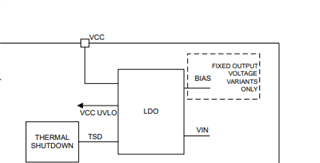Tool/software:
Hello TI Teams,
we have tried to measure the efficiency of the Evalboard using this parameters:
Vin = 48,05 V (measured)
Iin = 36 mA
Vout = 3,33 V (measured)
Iout = 333 mA (measured)
fsw = 800 kHz
From the result we only get an efficiency of about 64%. According to the datasheet it should be >70%. Can you please explain the difference? How can we get a better efficiency?


